Cooking doesn’t have to be a chaotic mess of spills, burns, and frustration. With the right tricks up your sleeve, you can glide through the kitchen like a seasoned pro. From saving time to enhancing flavors, these genius kitchen hacks will change how you cook forever. Let’s dive in and make your culinary life easier, one hack at a time!
Egg Slicer for Perfect Strawberry Slices
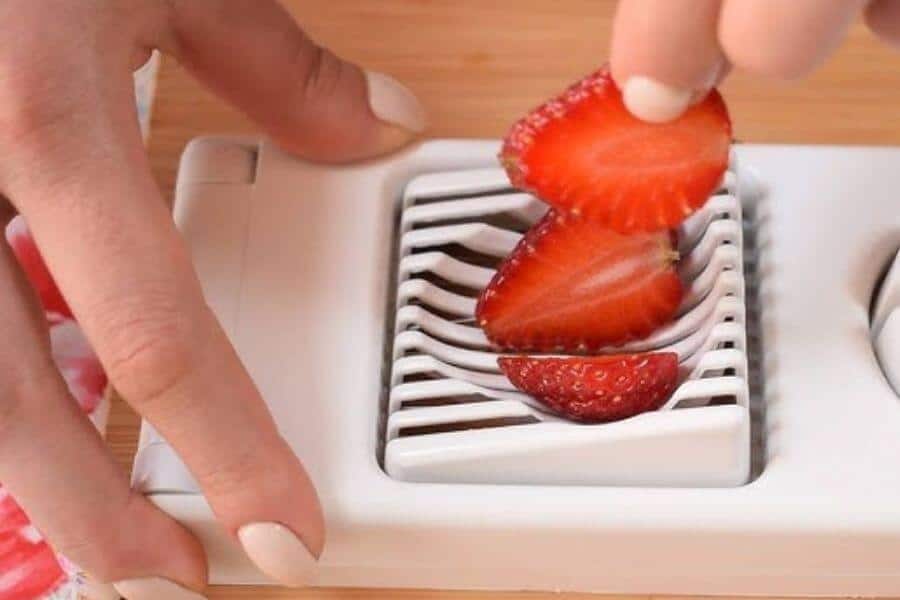
Your egg slicer isn’t just for eggs anymore! Use it to get uniform, beautiful strawberry slices in seconds. No more struggling with uneven knife cuts or messy results.
This also works great for mushrooms, bananas, and even soft cheeses. The trick is to place the fruit gently and press evenly. Your fruit salads will never be the same.
Next time you’re making a fancy dessert, try it for chocolate truffles. You’ll get thin, professional-looking slices without fuss. One tool, many unexpected uses!
Wet Fingers to Retrieve Eggshells
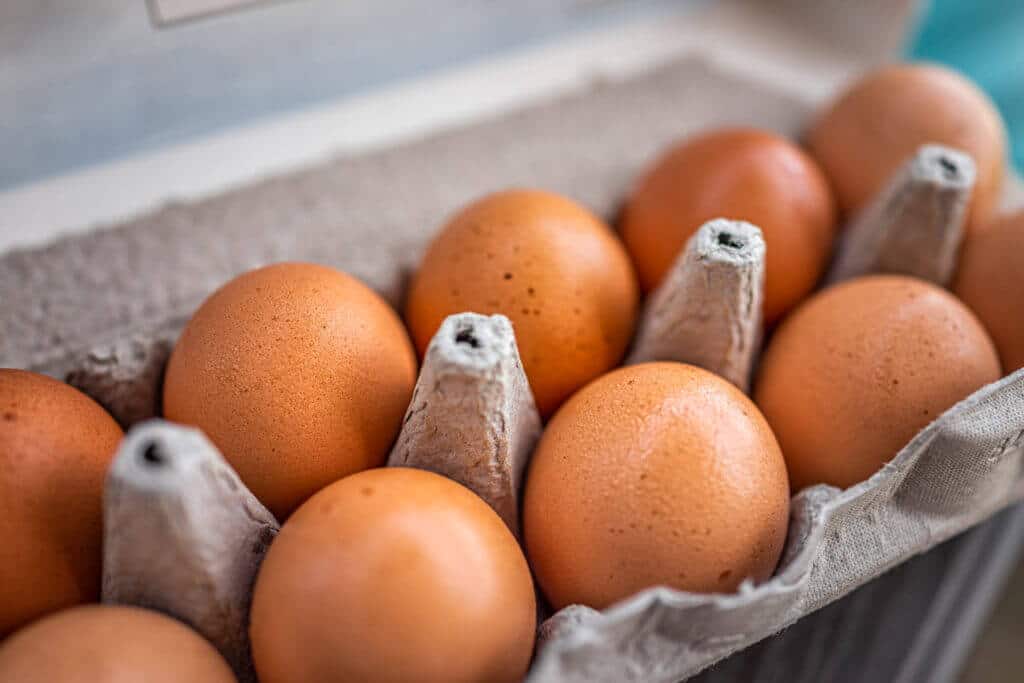
Cracking eggs is easy, but fishing out tiny shell pieces? A nightmare. The best trick is wetting your fingers, making the shell bits stick instantly.
Instead of chasing rogue shells with a spoon, dip your fingertips in water and touch the fragment. It clings to your skin like magic, no frustration needed.
This works because the water adds weight, preventing the shell from drifting. A simple hack that turns a common kitchen annoyance into an easy fix!
Peeler for Chocolate Curls

That boring veggie peeler in your drawer has a hidden talent! Run it over a chocolate bar, and you’ll get perfect curls for decorating cakes and drinks.
Cold chocolate works best, preventing it from melting in your hands. Hold the bar steady and use gentle pressure for gorgeous curls worthy of a bakery.
Use dark chocolate for a rich look, white for elegance, or milk for classic sweetness. Fancy up homemade desserts with minimal effort and maximum impact!
Keep Peeled Potatoes from Browning

Ever peel potatoes early, only to find them turning an unappetizing brown? Prevent oxidation by submerging them in cold water.
This works because water blocks air exposure, stopping the browning process. Change the water every few hours if you’re prepping far in advance for a big meal.
Adding a splash of vinegar or lemon juice further slows browning. This hack is a lifesaver for meal prepping mashed potatoes, fries, or any potato-based dish!
Ice Cube Fat Remover

Got a greasy soup? A few ice cubes wrapped in cheesecloth can help! The fat clings to the cloth, leaving your broth clear and delicious.
Simply skim the ice-cold bundle over the surface, and watch the excess fat solidify and stick. No more oily, unappealing soups or stews ruining your meal.
If you don’t have cheesecloth, use a spoon with ice cubes instead. This trick makes healthy cooking easier, keeping flavors intact without all the extra grease!
Wooden Spoon to Prevent Boil-Overs
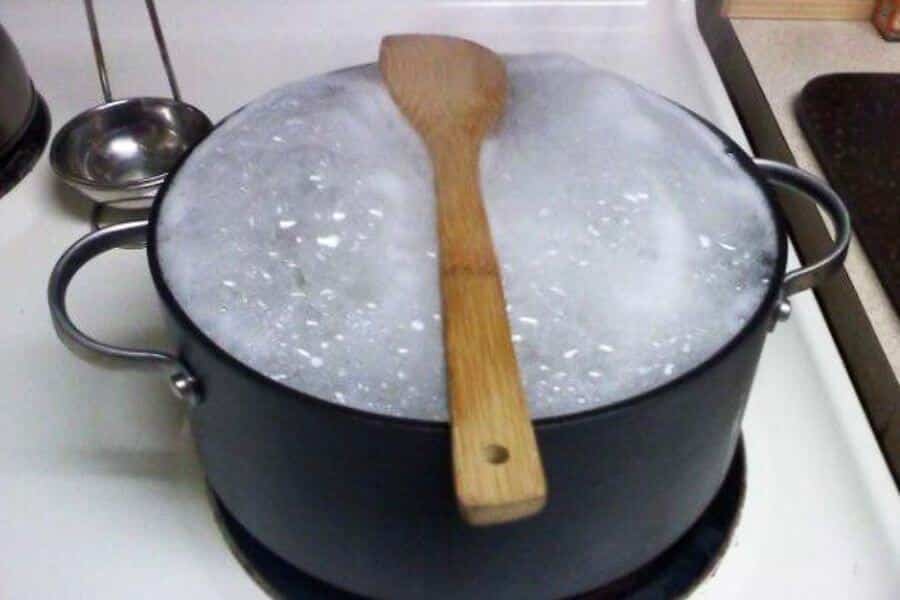
Pots boiling over is a kitchen disaster waiting to happen. Placing a wooden spoon across the top breaks the surface tension, stopping messy spills before they start.
The spoon pops large bubbles, preventing them from spilling over. It works best for starchy foods like pasta, rice, and potatoes, which tend to foam aggressively.
Metal spoons don’t work as well since they conduct heat. Wooden spoons stay cool, maintaining their magic trick to save your stove from messy disasters!
DIY Buttermilk Substitute

No buttermilk? No problem! Mix one cup of milk with a tablespoon of vinegar or lemon juice. Let it sit for five minutes, and you’ve got buttermilk.
The acid in the vinegar or lemon juice curdles the milk slightly, mimicking buttermilk’s tangy flavor. This is great for pancakes, biscuits, or any baking recipe.
Using buttermilk makes baked goods fluffier, but it’s rarely stocked in most fridges. This simple substitution saves you a trip to the store without compromising taste!
Let Cake Batter Rest

If you’re in a rush to bake, slow down! Letting cake batter rest for 10 minutes before baking helps the ingredients fully combine, resulting in a better texture.
During this short wait, the flour absorbs moisture, leading to a more even bake. This is especially useful for pancakes and muffins, creating a fluffier final product.
This trick works wonders when baking gluten-free goods, giving the batter time to hydrate properly. A little patience goes a long way toward bakery-level desserts at home!
Tenderize Meat with Soda

Want ultra-tender meat without expensive marinades? Soak tough cuts in cola for 10 minutes before cooking. The acidity breaks down fibers.
Coca-Cola, root beer, or any carbonated soda with phosphoric acid works best. It enhances texture without overpowering the flavor.
This trick is great for grilling or slow-cooking. Just rinse the meat after soaking to avoid excessive sweetness. Say goodbye to tough steaks and hello to deliciousness!
DIY Bacon Rack with Foil
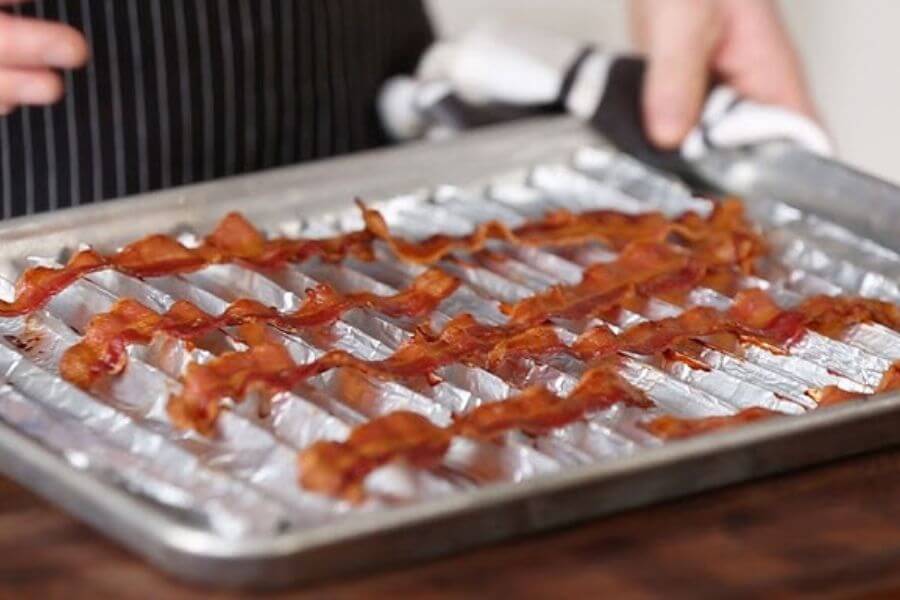
Craving crispy bacon without all the grease? Make a DIY bacon rack by crumpling aluminum foil into ridges. Place bacon on top and bake for even crispiness.
The ridges allow fat to drain away, making the bacon less greasy while keeping it crispy. No need for special pans—just some foil and a baking sheet.
For extra crispiness, bake at 400°F for about 15 minutes. Flip halfway through for an evenly cooked batch. No more greasy stovetop splatters to clean up!
Microwave Lemons for More Juice

Juicing lemons should be easy, but sometimes they refuse to cooperate. Zap them in the microwave for 20 seconds before squeezing to release more juice with less effort.
The heat loosens the fruit’s cell walls, making it easier to extract liquid. This trick works for any citrus fruit, including limes, oranges, and grapefruits.
For even more juice, roll the lemon firmly on the counter before cutting. Combine these tricks, and you’ll never waste another drop of citrusy goodness!
Dry Pan for Better Mushrooms

Want perfectly browned mushrooms? Start cooking them in a dry pan before adding oil. This helps them release moisture, giving you caramelized, flavorful mushrooms.
When mushrooms hit a pan with oil too soon, they steam instead of sear. Let them cook dry first, then add butter or oil for maximum flavor.
This method enhances texture, prevents sogginess, and makes mushrooms taste restaurant-quality. It’s a simple step that transforms your sautés, risottos, and pasta dishes!
Revive Stale Bread with Water
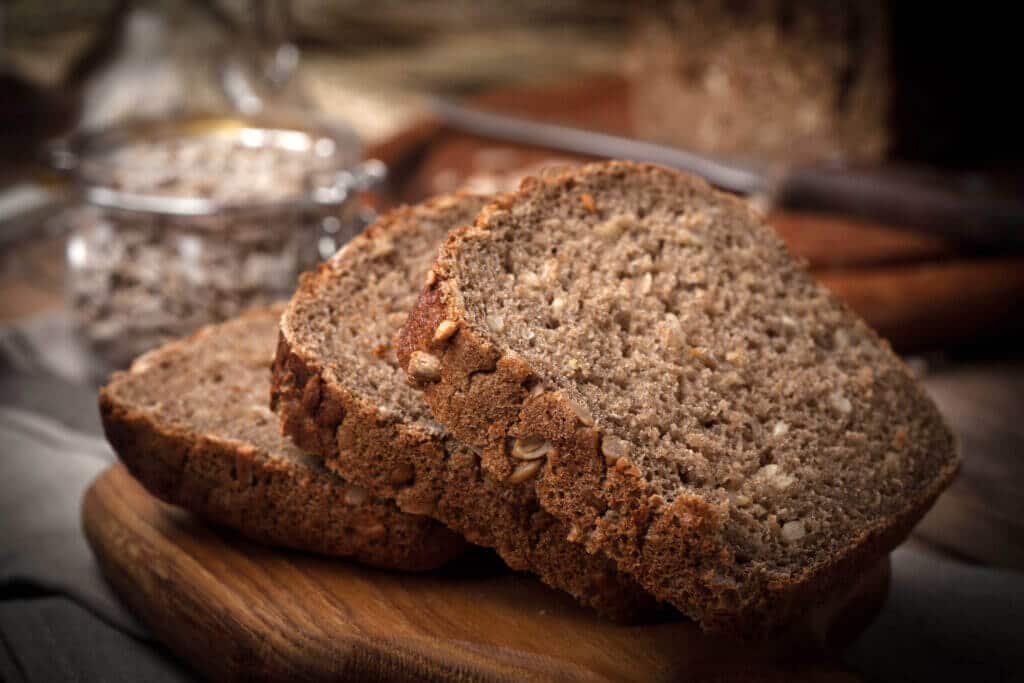
That sad, stale loaf of bread isn’t doomed! Run it under water, then bake at 300°F for 10 minutes. The steam restores its softness and crunch.
The added moisture rehydrates the bread, making it taste fresh again. This trick works best with baguettes, sourdough, and crusty loaves, giving them a second life.
Instead of tossing out stale bread, use this trick to reduce food waste. Bonus: You can turn revived bread into delicious garlic toast or croutons!
Freeze Herbs in Oil
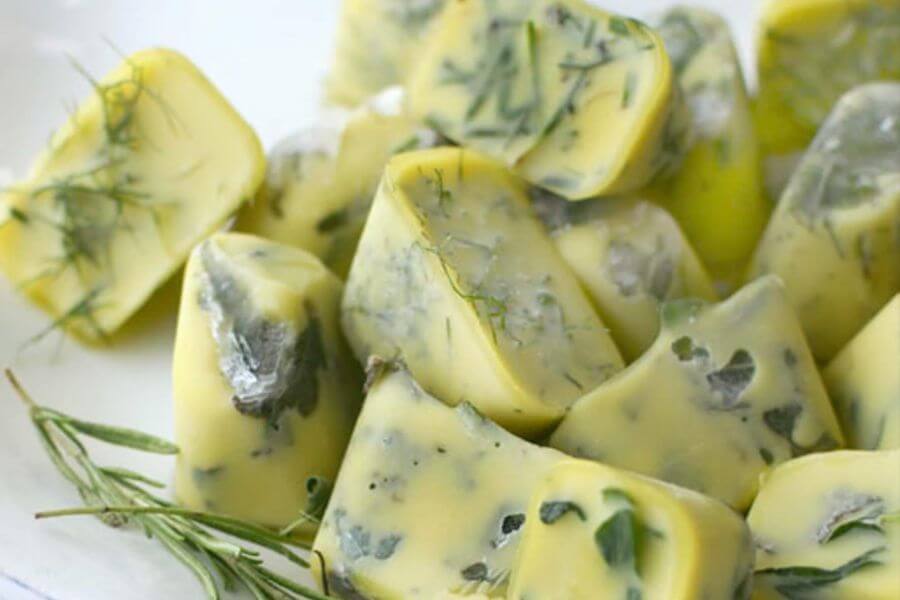
Tired of herbs going bad too fast? Chop fresh herbs and freeze them in ice cube trays filled with olive oil. Instant flavor bombs for cooking!
The oil preserves the herbs, preventing freezer burn and retaining their taste. Just pop a cube into a pan for effortless seasoning in soups, pastas, and sautés.
This works with rosemary, thyme, basil, and parsley. No more sad, wilted herbs in your fridge—just ready-to-use, flavor-packed cubes whenever you need them!
Grate Frozen Butter for Baking

Need cold butter for biscuits or pie crusts? Freeze the butter and grate it into the flour. This distributes it evenly, making dough extra flaky and tender.
Cold butter creates small pockets of steam while baking, leading to perfect layers. Using grated butter speeds up mixing and prevents overworking the dough.
This trick is especially handy for scones, croissants, and puff pastry. Say goodbye to dense, tough baked goods and hello to bakery-quality results!
Use a Shot Glass While Reheating Food in the Microwave

Ever microwaved leftovers only to find them dry and sad? Place a shot glass of water next to the food to keep moisture locked in while reheating.
The steam prevents food from drying out, keeping it soft and fresh. This trick is perfect for rice, pasta, and pizza—no more weirdly chewy textures.
You can also cover your plate with a damp paper towel for a similar effect. A little moisture goes a long way in microwave magic!
Drop an Egg into a Glass or Bowl of Water to Tell if It’s Still Fresh
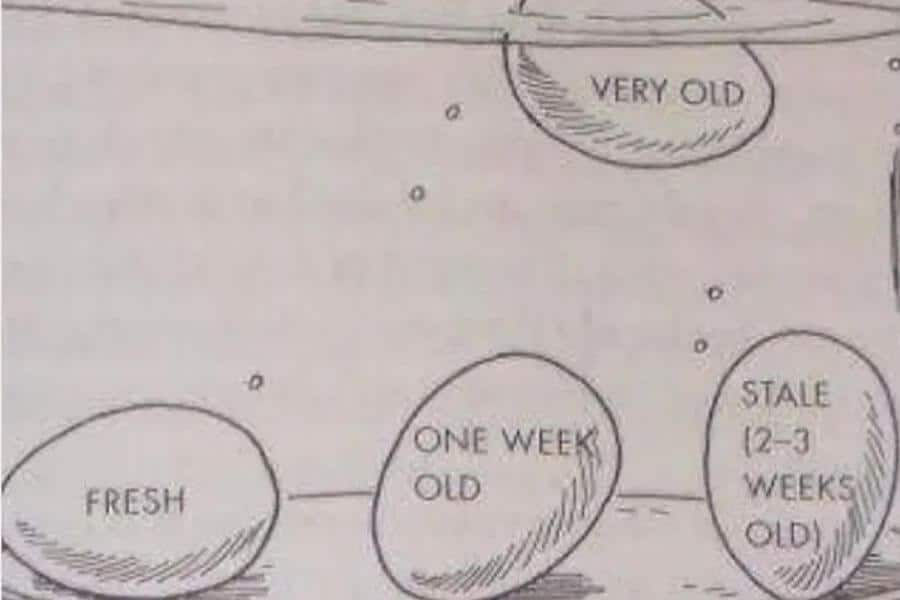
If you’re unsure whether an egg is fresh, try the water test. Fill a bowl with water and gently place the egg inside to check freshness.
Fresh eggs sink to the bottom and lay flat, while slightly older eggs tilt. If an egg stands upright, it’s still usable but best for baking.
A floating egg means it has too much air inside and is spoiled. This trick prevents waste and helps you avoid cooking with bad eggs.
Preheat Sheet Pans for Roasting

For crispier roasted veggies, place your baking sheet in the oven while it preheats. A hot pan gives your vegetables a head start on caramelization.
The instant sear locks in flavor, prevents sogginess, and speeds up cooking time. Try it with potatoes, carrots, Brussels sprouts, or any veggie you love crispy.
This hack is restaurant-level genius, making home-cooked veggies taste gourmet. Who knew something so simple could be such a game-changer?
Microwave Brown Sugar With a Damp Paper Towel to Soften It
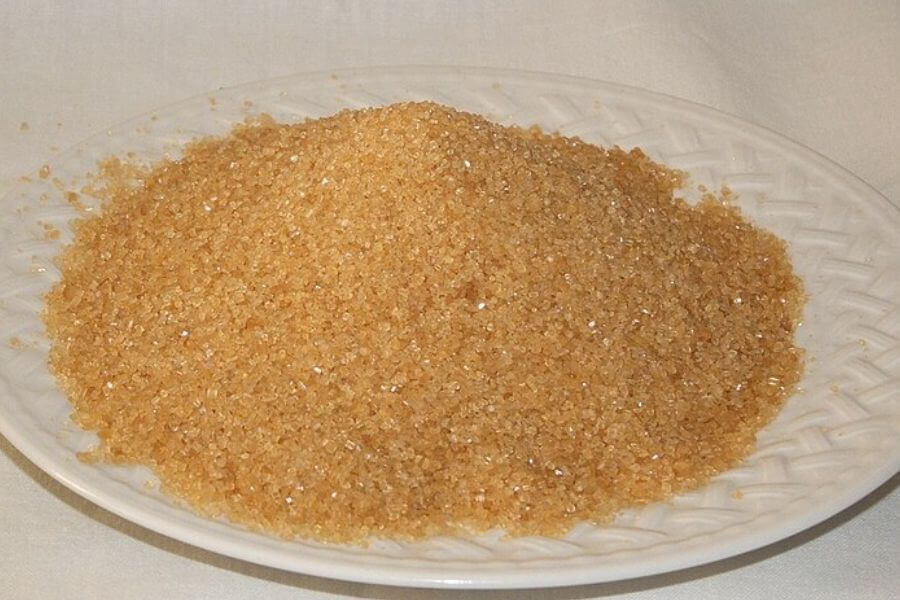
Rock-hard brown sugar is the worst. Soften it by microwaving it with a damp paper towel for 30 seconds. It’ll be soft and scoopable again!
Brown sugar hardens because it loses moisture. The steam from the damp towel reintroduces moisture, breaking up clumps without needing to chisel at it.
For long-term softness, store brown sugar with a slice of bread or a marshmallow. These absorb excess dryness, keeping your sugar perfectly soft for baking.
Season Flour for Roux

Want richer, more flavorful sauces? Add spices like garlic powder or smoked paprika directly to the flour when making a roux. It builds flavor from the base up.
Instead of seasoning at the end, infusing flavor early ensures even distribution. Your gravies, mac and cheese, and creamy sauces will have an extra layer of depth.
Try different spices depending on the dish—curry powder for an Indian touch, cayenne for heat, or nutmeg for a subtle, warm undertone. Game-changing!
Steam Onions Before Caramelizing

Caramelized onions take forever to cook, but you can speed things up! Steam them for five minutes first, then sauté. They’ll caramelize faster and more evenly.
Steaming softens the onions, reducing cooking time while enhancing sweetness. This trick is perfect for French onion soup, burgers, or adding rich flavor to dishes.
For even deeper flavor, add a splash of balsamic vinegar at the end. It intensifies the caramelization and gives onions a glossy, irresistible finish!
Chill Your Dough for Better Cookies

If you want chewy, flavorful cookies, don’t skip chilling the dough. Refrigerating it for at least 30 minutes enhances texture, flavor, and overall bake quality.
Cold dough spreads less in the oven, creating thicker cookies with a perfect chewy center. It also allows the flavors to meld, resulting in a richer taste.
For best results, let the dough chill overnight. Your patience will be rewarded with bakery-style cookies that have crispy edges and a soft, gooey middle.
Shred Chicken with a Hand Mixer

Shredding chicken with two forks is exhausting. Instead, toss cooked chicken into a mixing bowl and use a hand mixer on low speed. Instant shredded chicken!
The beaters quickly break down the meat into perfect, even shreds with minimal effort. This trick works for pulled pork, beef, or even jackfruit for plant-based meals.
Save time and energy while prepping tacos, sandwiches, or soups. It’s the ultimate hack for anyone who loves meal prep but hates manual shredding.
Keep Ice Cream Soft with a Freezer Bag

Tired of rock-hard ice cream? Store the container inside a zip-top freezer bag. It prevents ice crystals from forming, keeping your ice cream scoopable.
The bag minimizes air exposure, which is what makes ice cream develop that dreaded icy texture. No more waiting impatiently for it to thaw before digging in.
Try this trick with sorbet, gelato, or even dairy-free options. Your frozen treats will stay creamy and ready to eat whenever that sweet craving hits!
Freeze Cheese Before Grating

Soft cheeses like mozzarella and cheddar can be a nightmare to grate. Pop them in the freezer for 15 minutes first, and they’ll shred effortlessly.
Chilled cheese holds its shape better, preventing clumps and making grating faster. It’s perfect for pizza, nachos, or any dish that requires a fine cheese sprinkle.
This hack also reduces mess—no more cheese sticking to your grater! Plus, it helps distribute the cheese more evenly in recipes, ensuring perfect cheesy bites.
Use an Apple Slicer for Potatoes

Cutting potatoes evenly can be a struggle. Use an apple slicer for quick, uniform wedges that cook evenly, making fries, roasted potatoes, and snacks a breeze.
This tool is especially helpful when prepping a large batch of potatoes. Instead of uneven knife cuts, you’ll get symmetrical pieces in one simple push.
Try this hack with other fruits and veggies too—pears, onions, or even bell peppers! It’s an easy way to streamline your slicing routine.
Use a Spoon to Peel Ginger

Ginger’s knobby shape makes it tricky to peel with a knife. Instead, use the edge of a spoon to scrape off the skin—no wasted ginger!
Unlike a knife or peeler, a spoon removes just the thin outer layer without cutting too deeply. It’s safer, quicker, and keeps more of the good stuff intact.
This trick works best with fresh ginger that isn’t too dry. Now you can prep ginger for tea, stir-fries, or marinades with ease!
Achieve Crispy Chicken Skin with Baking Powder
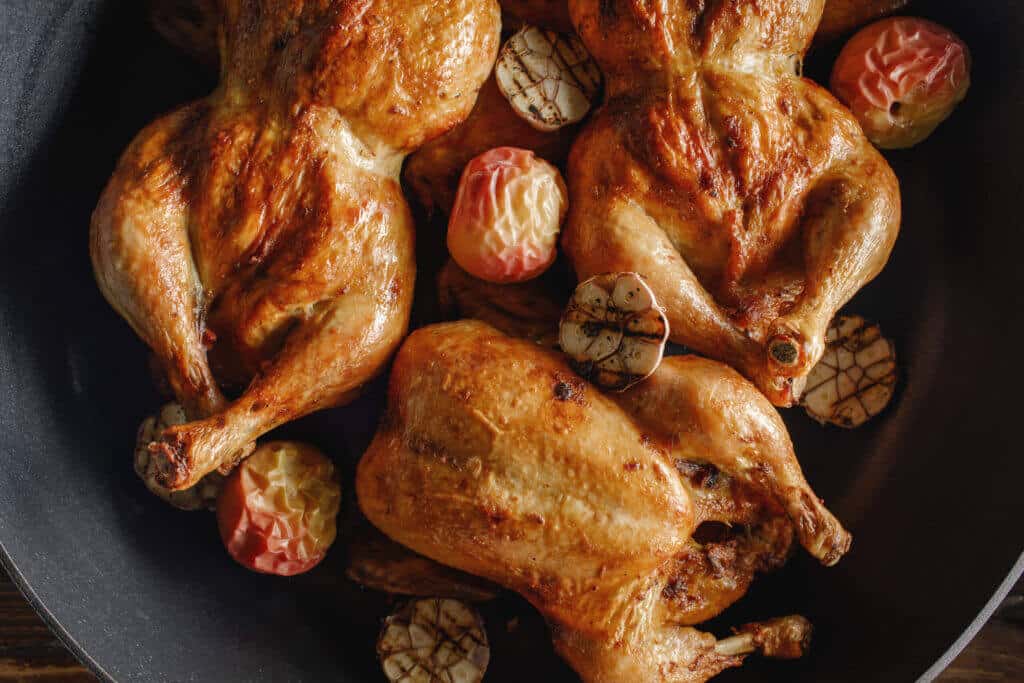
Want the crispiest chicken skin ever? Dust it lightly with baking powder before cooking. This draws out moisture, allowing the skin to crisp up beautifully in the oven.
For best results, pat the chicken dry before seasoning. The drier the skin, the better it crisps. This hack works for roasted, grilled, or fried chicken.
Just be sure to mix baking powder with salt or spices. Used alone, it can leave a slight aftertaste. When done right, the results are restaurant-worthy!
Keep Brown Sugar Soft with a Marshmallow

Brown sugar hardens because it loses moisture, but a single marshmallow can fix that! Store one in your sugar container to keep it soft and clump-free.
The marshmallow releases just enough moisture to prevent the sugar from drying out, without making it sticky. No more chiseling at rock-hard sugar clumps!
If you don’t have marshmallows, a slice of bread works too. Both keep sugar fluffy and ready for baking whenever you need it.
Wrap Greens in a Paper Towel
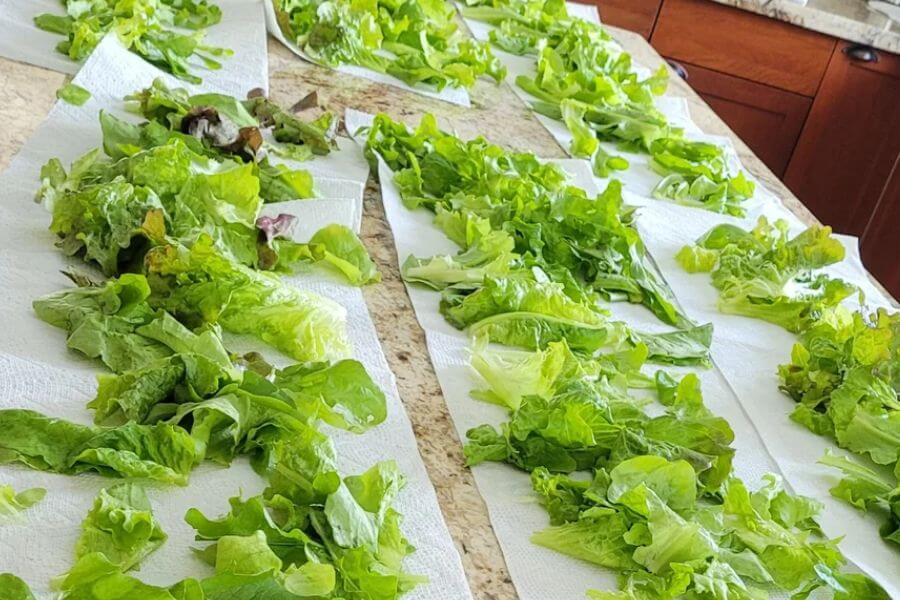
Wilted greens ruin a salad, but storing them with a paper towel keeps them crisp. The towel absorbs excess moisture, preventing sogginess and extending freshness.
Just place a dry paper towel inside the container with your spinach, lettuce, or kale. It helps regulate moisture levels, so your greens stay vibrant longer.
Swap the towel every few days for maximum freshness. This hack works for herbs too—no more sad, slimy leaves before you get a chance to use them!
Use a Pizza Cutter for Herbs
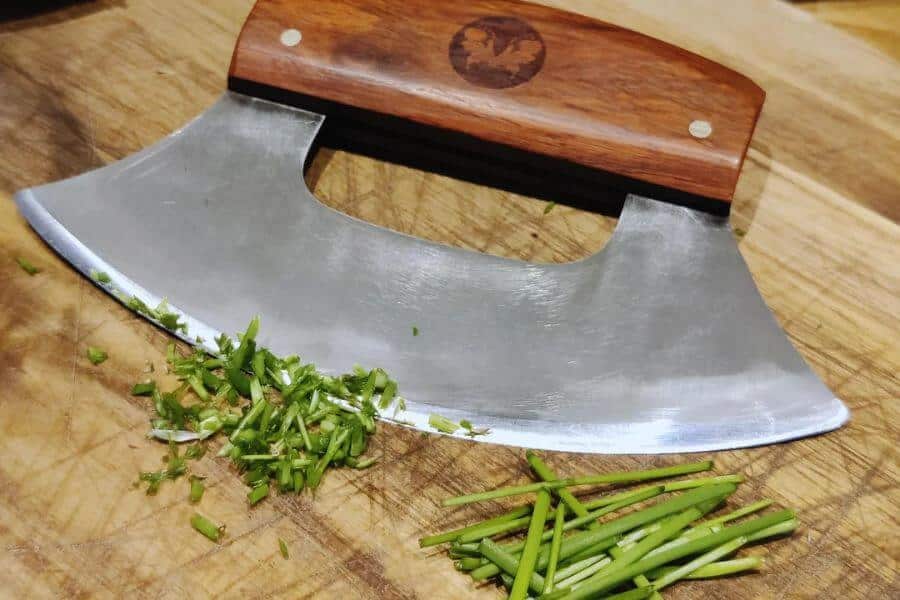
Chopping fresh herbs with a knife can be tedious. Roll a pizza cutter over them instead for quick, even cuts without the mess of a cutting board.
Unlike a knife, a pizza cutter glides smoothly over soft leaves like basil, cilantro, and parsley. It saves time and keeps your fingers safely out of the way.
Try this for tortillas, pancakes, or even sandwiches for quick slicing. Who knew a pizza cutter could be such a multi-tasking kitchen hero?
Save Wine with Frozen Grapes

Watered-down wine is a tragedy. Keep it chilled without dilution by using frozen grapes instead of ice cubes—they keep your drink cold and add a fruity touch.
Grapes hold their chill longer than ice, keeping wine at the perfect sipping temperature. Plus, they look fancy in a glass of white or rosé.
After you finish your drink, enjoy the frozen grapes as a snack! This hack works for cocktails, juice, or even sparkling water.
Store Peanut Butter Upside Down

Peanut butter’s natural oils separate over time, making a mess when you stir. Store the jar upside down to keep the oils evenly distributed.
Gravity helps mix the peanut butter naturally, so you won’t have to wrestle with stubborn, oily layers every time you open the jar.
This works for natural almond butter and other nut spreads too. Say goodbye to oil spills and hello to perfectly creamy peanut butter every time!
Use a Muffin Tin for Taco Shells

Want perfect taco shells without deep frying? Flip a muffin tin upside down, place tortillas between the cups, and bake until crisp for homemade taco shells.
This method creates crispy, evenly shaped shells without extra oil. Just bake at 375°F for 10 minutes, and you’ll have crunchy tacos ready to fill.
It’s a great way to make multiple taco shells at once. Plus, you can use this trick to shape mini tortilla bowls for dips and salads!
Flavor Pasta by Adding a Stock Cube to Boiling Water

Boiling pasta in plain water is a missed opportunity. Adding a stock cube to the pot infuses noodles with flavor before they even meet the sauce.
This trick works for rice, quinoa, or couscous too. It adds depth and richness without extra effort. Your pasta dishes will taste more seasoned from the inside out.
If you don’t have stock cubes, try using a splash of broth instead. Cooking pasta this way makes every bite more delicious, even with simple sauces.
Make Your Own Powdered Sugar

Ran out of powdered sugar? No problem! Just blend regular granulated sugar in a food processor or blender until it reaches a fine, powdery consistency.
This hack is perfect for frosting, dusting desserts, or whenever you need a last-minute sprinkle of sweetness. Just blend in short pulses until the sugar is ultra-fine.
For a true store-bought texture, add a teaspoon of cornstarch per cup of sugar. This prevents clumping and gives you perfectly smooth homemade powdered sugar!
Use Dental Floss to Cut Soft Foods
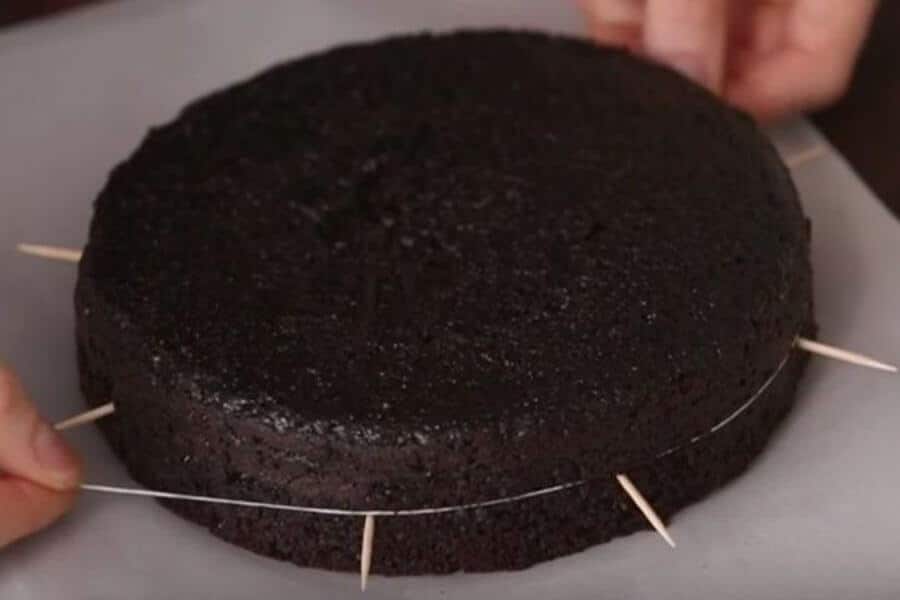
Struggling to slice a cake or soft cheese without making a mess? Unflavored dental floss makes clean, precise cuts without squishing delicate foods.
Simply hold a long piece taut and slide it down through cheesecakes, cinnamon rolls, or soft bread. The results are neater than a knife could ever manage.
This trick also works for slicing fresh mozzarella, dough, or even delicate layered desserts. Just make sure it’s unflavored—minty cheese isn’t what anyone wants!
Freeze Leftover Wine for Cooking

If you don’t finish a bottle of wine, don’t pour it down the drain! Freeze it in an ice cube tray for easy portioned cooking later.
Wine cubes add instant depth to sauces, soups, and stews. Just pop one out and throw it into the pan whenever a recipe calls for a splash of wine.
This hack also works with stock, broth, or even coffee. Freezing liquids in small amounts saves time and prevents waste—your future self will thank you!
Keep Cake Fresh with Bread

A cut cake dries out quickly, but you can prevent it by pressing slices of bread against the exposed edges. The bread absorbs moisture loss instead of the cake.
Secure the bread with toothpicks, covering any cut sections. When you’re ready to eat the cake, just remove the bread, and it’ll still be soft and fresh.
This trick also works for cookies! Store them in a container with a slice of bread, and they’ll stay chewy instead of turning rock-hard overnight.
Keep Avocados Fresh with an Onion
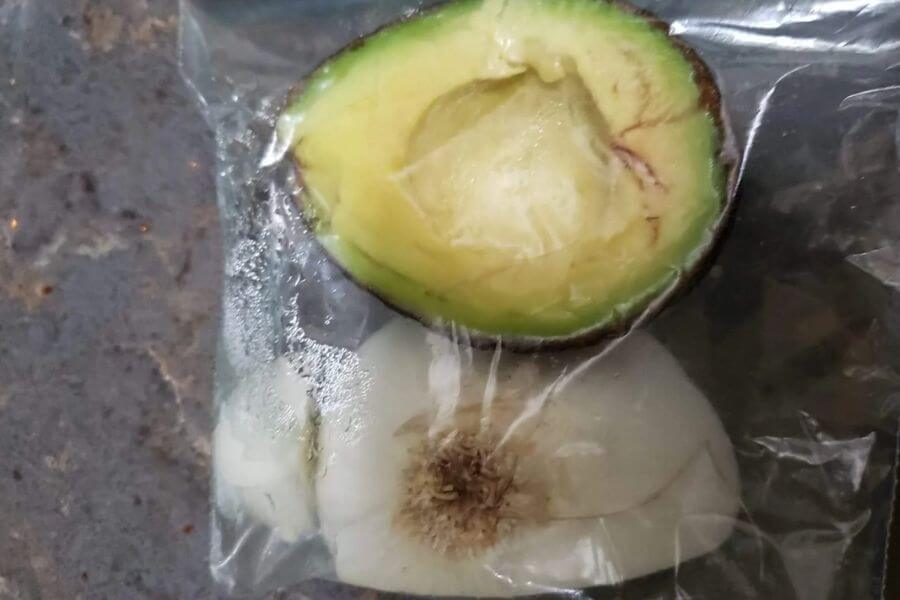
Avocados brown fast, but storing them with a cut onion slows oxidation. The sulfur compounds in onions keep avocados green and fresh for much longer.
Place sliced avocado in an airtight container with a few onion slices. The flavors won’t transfer, but the freshness will last up to two days longer.
This works better than lemon juice or plastic wrap alone. Say goodbye to sad, brown avocado halves and hello to vibrant, green guacamole all week!
Add Butter to Tomato Sauce for Creaminess

A little butter can completely transform your tomato sauce. It mellows the acidity, adds richness, and gives your sauce a velvety texture. Just stir in a tablespoon.
Butter works best with canned tomatoes, balancing their tartness. It’s a trick used by professional chefs to achieve that smooth, restaurant-quality taste.
If you love experimenting, try adding garlic or red pepper flakes with the butter. These small additions create a deeper, more complex sauce that’s packed with flavor.
Enhance Boxed Cake Mix with Extra Egg and Melted Butter
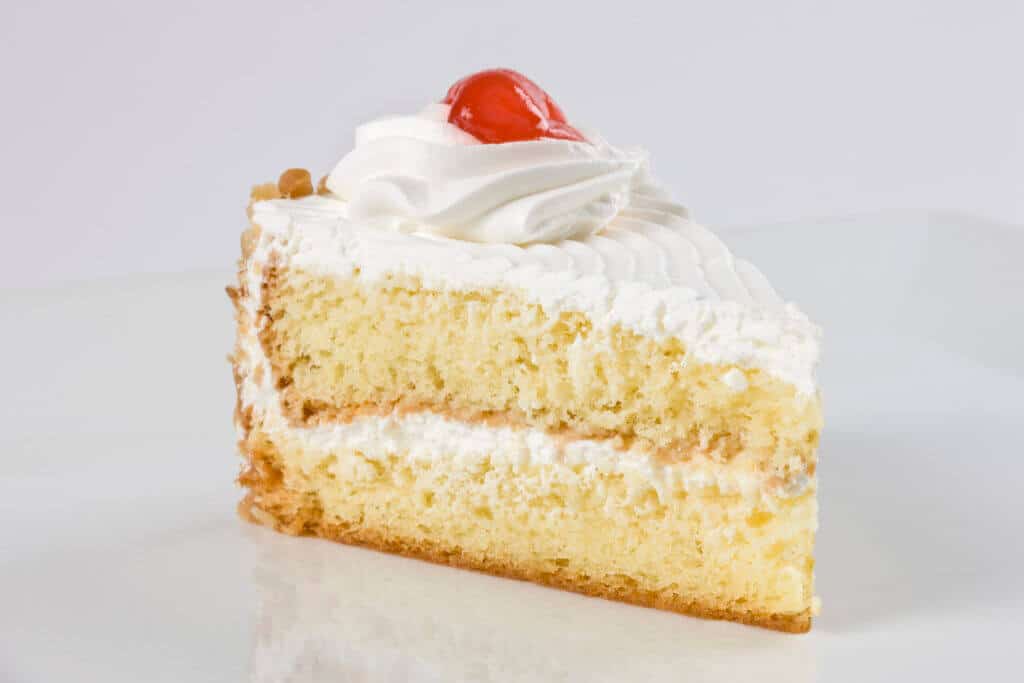
Boxed cake mix is convenient, but it often lacks that homemade taste. To fix this, add an extra egg and swap oil for melted butter for richer flavor.
The additional egg adds structure, making your cake fluffier, while melted butter provides a depth of flavor that vegetable oil can’t match. The result? A moist, bakery-style cake.
This trick works for cupcakes and brownies too! Just remember to adjust baking time slightly if your batter becomes thicker. You’ll never make box mix the old way again.
Use Rice to Clean Your Coffee Grinder
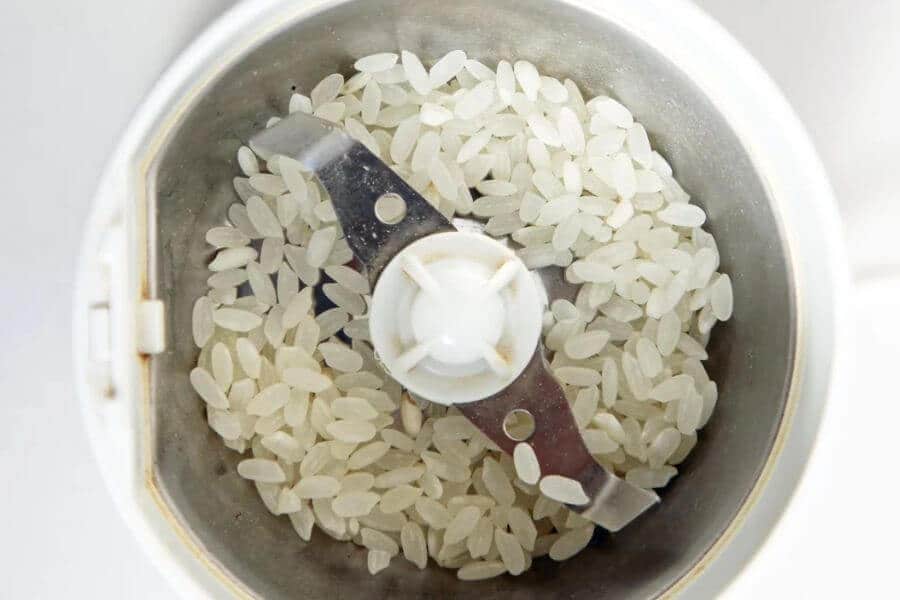
Coffee grinders build up old residue over time, affecting flavor. Running a handful of uncooked rice through the grinder cleans it out and absorbs leftover oils.
The rice acts like a scrubber, lifting coffee dust and neutralizing odors. Just grind, dump it out, and wipe clean—your next batch of coffee will taste fresher.
This trick works for spice grinders too! If your grinder smells like cumin but you need cinnamon, a quick rice cleanse prevents accidental flavor mixing.
Use a Potato Masher to Break Up Ground Meat

Cooking ground beef or turkey? Instead of struggling with a spatula, grab a potato masher. It quickly breaks the meat into uniform crumbles, ensuring even cooking.
When ground meat cooks unevenly, some pieces get overdone while others stay raw. A masher eliminates this problem, giving you perfect texture for tacos, pasta, or chili.
Try using this hack with plant-based meat substitutes too. It helps distribute seasonings evenly, making sure every bite is just as flavorful as the last.
Add Orange Juice to Quick Breads for Brightness

Citrus juice makes baked goods pop with flavor. A small splash of orange juice balances the sweetness in banana bread, muffins, or carrot cake, giving them a fresh lift.
The acidity enhances other ingredients, making flavors more pronounced. It also helps baked goods stay moist longer. Even a tablespoon can make a noticeable difference.
Try this trick in pancake batter or frosting for a subtle citrus twist. It’s an easy upgrade that makes your treats taste even more vibrant.
Remove Capsaicin from Hands with Oil and Dish Soap

Ever handled hot peppers and felt the burn hours later? Capsaicin, the compound responsible for heat, sticks to your skin. Water alone won’t remove it completely.
To fix this, rub vegetable oil on your hands before washing with dish soap. The oil binds to capsaicin, and the soap lifts it away.
This hack prevents accidental eye burns and works on cutting boards too. No more lingering spice when you’re done cooking your favorite spicy dishes!

